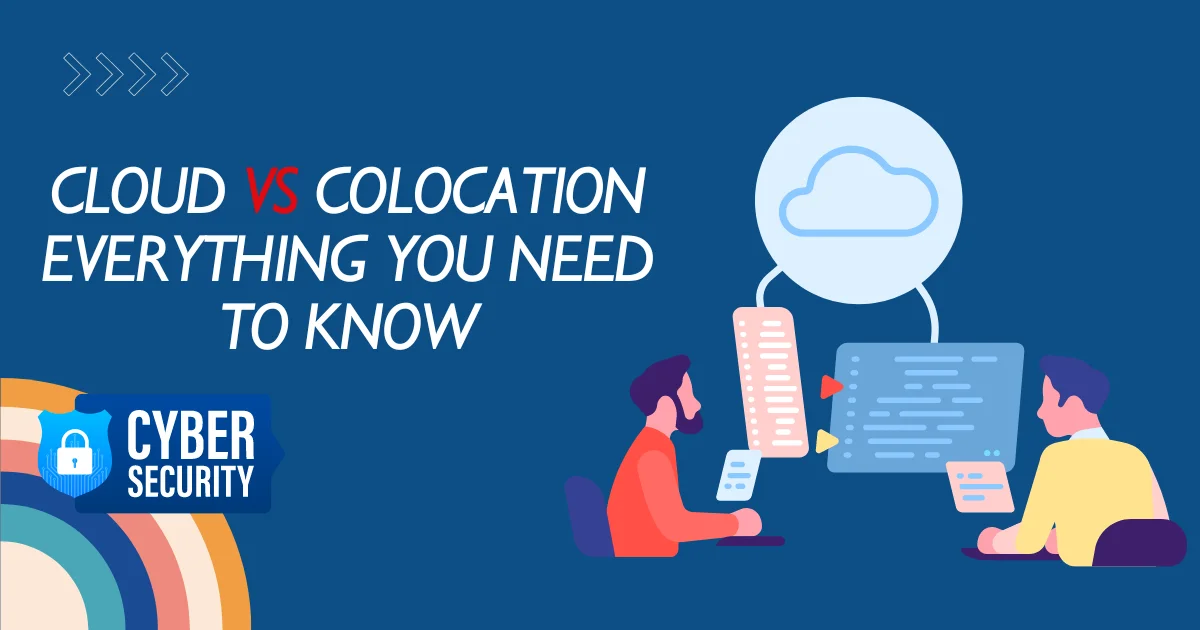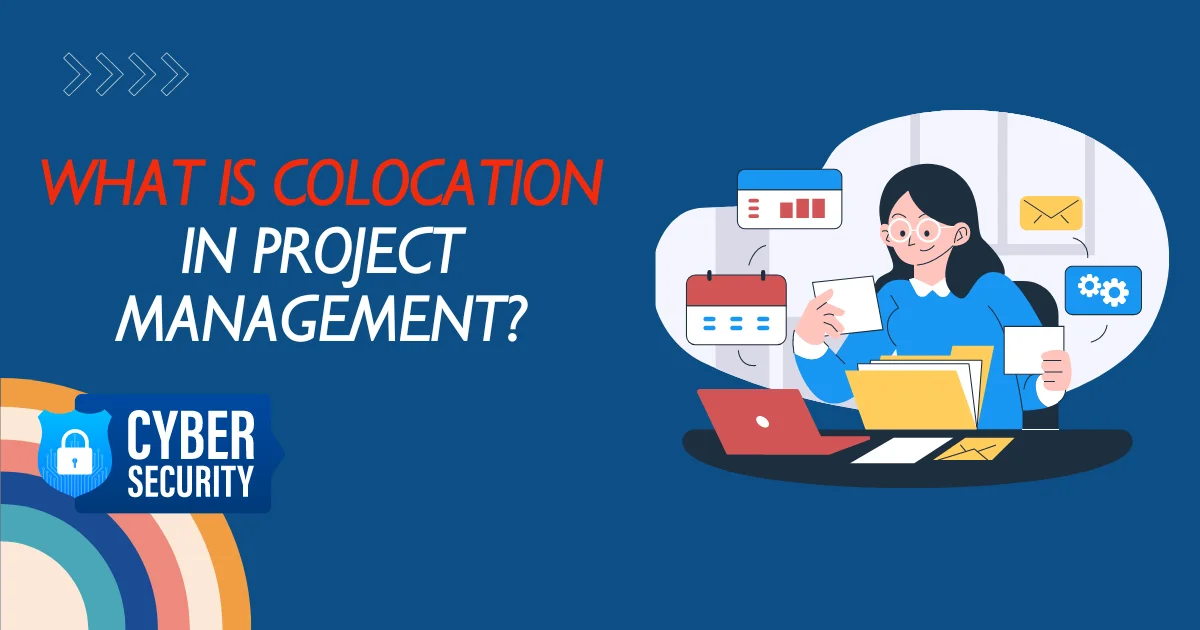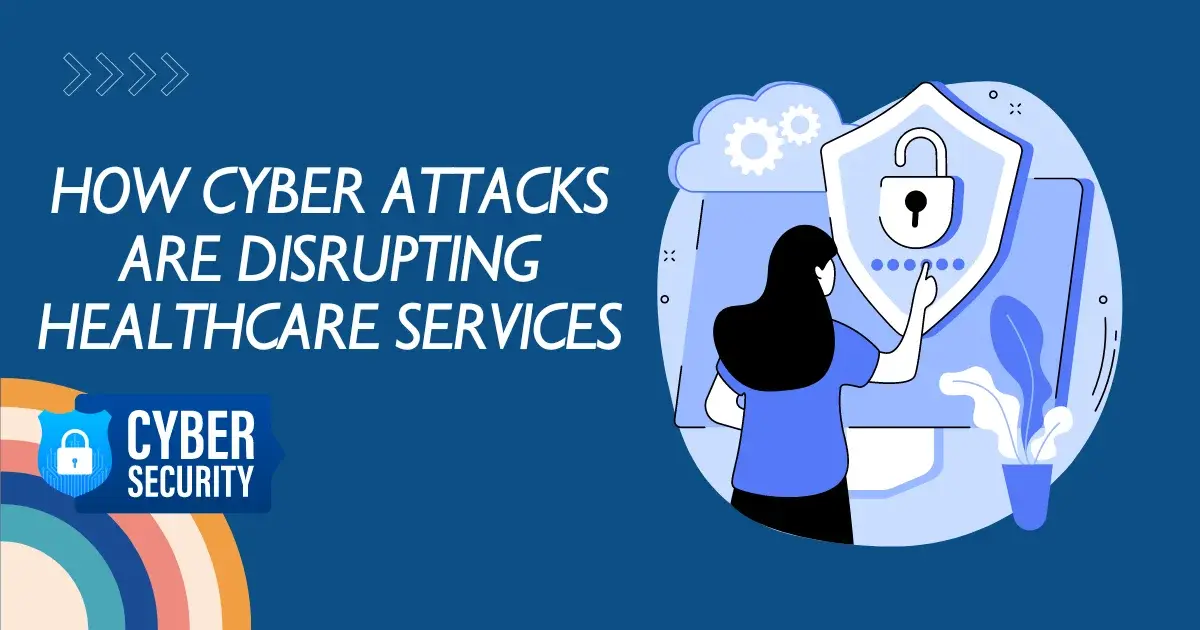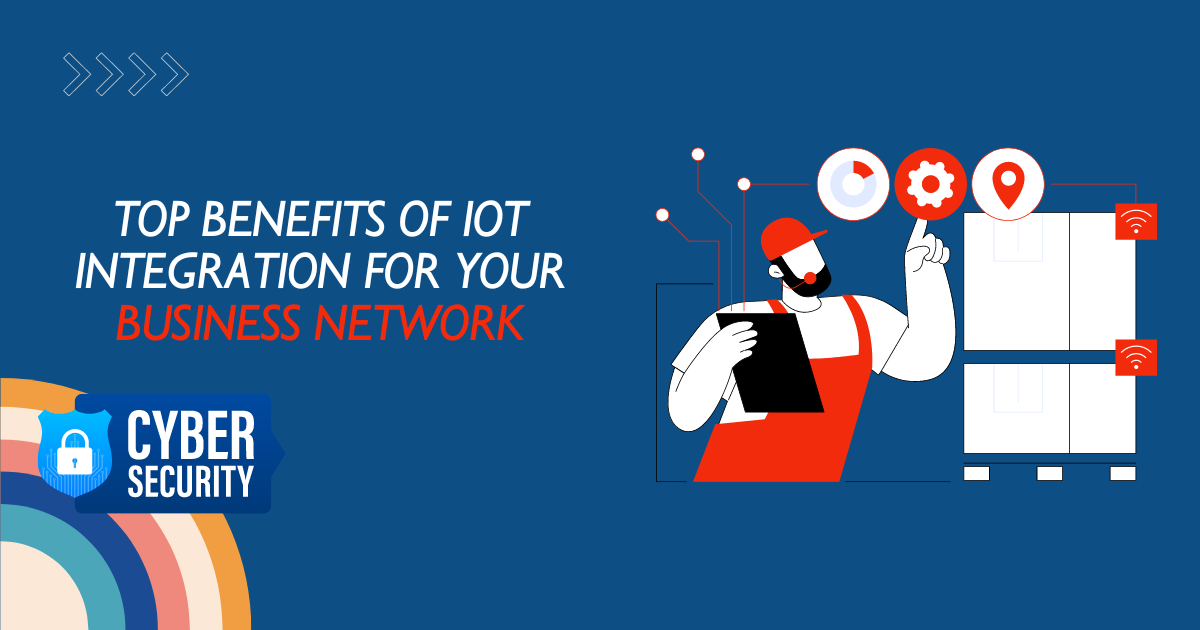Debunking the Cloud Backup Myth: Is It Really Safe?
Table of Contents
Toggle
In this digital world where data rules, the importance of backing up that data cannot be overlooked. With the rise of cloud computing, the concept of backing up to the cloud has gained immense significance. It promises convenience, seemingly robust security measures and accessibility. However, in the presence of ultimate convenience, there lurks persistent cloud myths. One of the beliefs is that data storage on the cloud is inherently safe. In this article, we will look into this myth and explore whether cloud backup genuinely guarantees the safety of your valuable data. Let’s shed light on the important details below.
Threatening Myths Need to be Debunked
As businesses are swiftly moving to cloud backup, some roaring misconceptions should not be overlooked. Let’s dispel all of them one by one with affection solutions.





